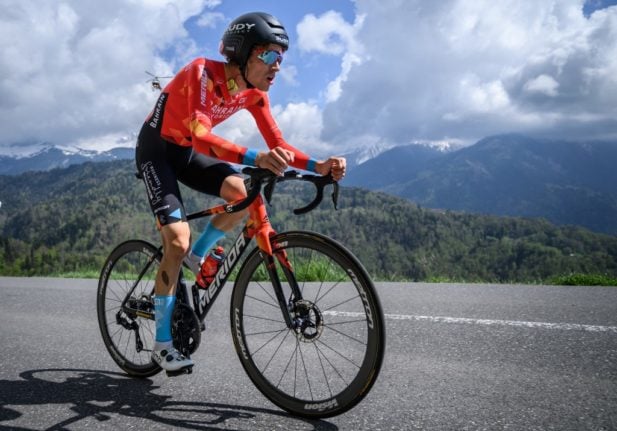One supplier in Copenhagen is seeing sales of the Hövding inflatable helmets amount to half a million kroner each month, newspaper BT reported in July.
The helmets, which resemble outsize collars around the wearer’s neck, are activated by powerful movements, inflating to form large inflatable bags around the head, thereby protecting against potential falls.
The success of the innovation has since been further confirmed, with the Swedish company’s results for the second quarter of 2018 showing sales in Denmark to have doubled, Swedish media Dagens Industri reports.
The company’s turnover for the quarter reached 25.2 million Swedish kronor.
17,000 helmets were sold during the quarter, an increase of 102 percent, according to the report.
“June was a particularly good month with 7,605 helmets sold,” Hövding CEO Frederik Carling said.
The helmets cost around 2,000 kroner and cannot be re-used after being activated.
The Danish Traffic Safety Council (Rådet For Sikker Trafik) told BT in July that it did not wish to comment on the inflatable helmet from Hövding, but was positive about the apparent increased number of bicycle helmet wearers.
Hövding’s airbag helmet became an approved and certified product in the EU in 2013. Studies have suggested that inflatable helmets may offer better protection than traditional versions in some cases.
READ ALSO: Danes want to make bicycle helmets the law



 Please whitelist us to continue reading.
Please whitelist us to continue reading.